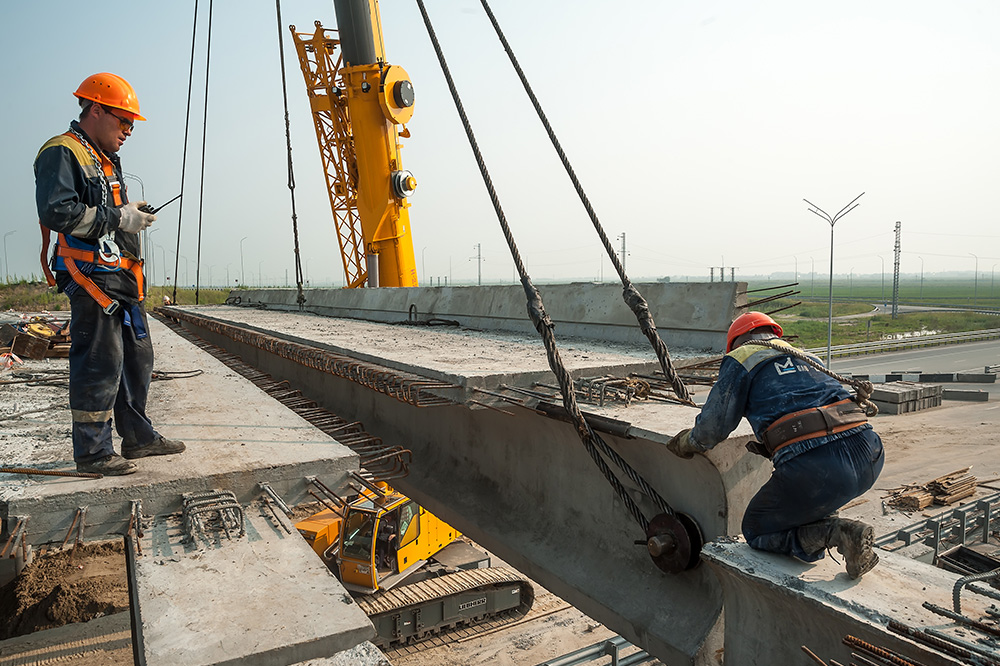Build it and they will come… Or will they?
Across Asia and around the world, billions of dollars is being pumped into infrastructure. Megaprojects such as giant new ports, bridges, tunnels, highways, rail lines, airports or even entire cities are being debated, designed or are already in the process of being built.
Large scale infrastructure often attracts prominent headlines and hype, but to be viable it demands careful planning and evaluation. Bad decisions can have costly implications.
A striking example of what happens when things go awry is the phenomenon of so-called “Ghost Cities” in China; sprawling metropolises with roads, gleaming apartment blocks, malls and government buildings, but no inhabitants. The most infamous of these is Ordos in the province of Inner Mongolia, where building began in 2004 with plans to create a new city for over a million people. Today acres of residential, commercial and government buildings remain largely unoccupied; its six-lane highways deserted.
Forecasting the future is difficult, but when a multi-billion dollar engineering project is at stake the ramifications can be daunting.
Ordos is an extreme example of how difficult it is to account for uncertainty, and how a tendency to rely on overly optimistic forecasts can have a significant impact on the economics of a project.
Forecasting the future is difficult, but when a multi-billion dollar engineering project is at stake the ramifications can be daunting. Add in the current climate of economic uncertainty and the challenges become even greater – will the finished project be too big? Or not big enough?
Relying on unduly optimistic views of future demand, prices, cost or capacity may produce an oversized white elephant with too much unused capacity. On the other hand, taking an excessively conservative view could result in damaging under capacity and opportunity costs.

Major infrastructure ventures demand a set of tools that allow us to take uncertainty and flexibility into consideration.
In any situation an obvious answer to uncertainty is flexibility: If you’re unsure what might happen, keep your options open.
What is needed in infrastructure ventures is a set of tools that allow us to take uncertainty and flexibility into consideration. One promising solution is offered by Real Options Analysis (ROA), a theory that specifically recognises the impact of uncertainty in irreversible investment projects while quantifying the additional value that stems from project flexibility.
Applied in a broad range of projects ROA has been shown to routinely deliver up to 30% economic value improvement against other more traditional methods. For infrastructure projects worth hundreds of millions or even billions of dollars, the improvements brought about by using ROA can be substantial.
Added value
The modelling of uncertainty (e.g., commodity prices, costs) is a common component of project evaluation teaching in university finance and engineering courses. However, ROA goes one step further by involving the explicit consideration of uncertainty and flexibility.
The ROA approach is significant because it considers the additional value that stems from being able to adapt to changing conditions – be they economic, environmental, social or political. It means that many strategies can be exploited subsequently, reducing exposure to downside risk as well as providing contingencies to capitalize on upside opportunities.
Building in flexibility – also known as “real optionality” – into infrastructure projects is certainly not new. One often-cited example is the Health Care Services Corporation (HCSC) building in Chicago which was built initially as a 30-storey building in 1997, but with the structure designed to accommodate more floors should additional office space be required. In 2010 the second phase was completed, adding an additional 24 stories. Today the tower is a landmark of the Chicago skyline.
In practice the additional value that either already exists in projects, or that might be generated through creative design is commonly overlooked.
This is an example of a capacity expansion strategy using ROA. Other approaches exist such as building capacity in stages, delaying investment decisions until market conditions improve, or designing product line flexibility to accommodate different customer bases.
Nevertheless, in practice the additional value that either already exists in projects, or that might be generated through creative design is commonly overlooked. Equally important, many of the current and popular tools for infrastructure finance and project evaluation are fundamentally deterministic, not accounting for uncertainty and flexibility.
However, ROA remains an underused tool in infrastructure finance, project evaluation, and engineering. This is perhaps due to the sophisticated level of mathematics required to quantify the value of project flexibility, or because decision-makers’ rationality is limited by the information or time they have available at the time of making investment decisions.
Given these factors, researchers such as ourselves are pushing the development of new tools, inspired by ROA theory, that are better suited to the realities of infrastructure finance, evaluation and engineering. One such tool uses techniques that simulate a range of scenarios around the idea of a decision rule – a process similar to a logical statement in computer programming: IF you observe this, THEN do that, ELSE do nothing. For example, a decision-maker may choose to expand capacity in a building by a given amount (e.g., 2 floors, 20 condo units) if the demand reaches a certain value.
This alternative approach to ROA provides a similar assessment of the value of flexible investment projects while providing solutions for system owners and operators that are more readily usable than solutions from traditional ROA methods.
With economic uncertainty set to be the new norm, further research and applications are well under way in this promising area. The hope is that novel, easy to use techniques, that recognise explicitly both uncertainty and flexibility, will become the new standards to make better infrastructure finance and economic project evaluation decisions.
Joseph Cherian, Practice Professor of Finance and Director of the Centre for Asset Management Research and Investments (CAMRI) at NUS Business School, contributed to this article.






